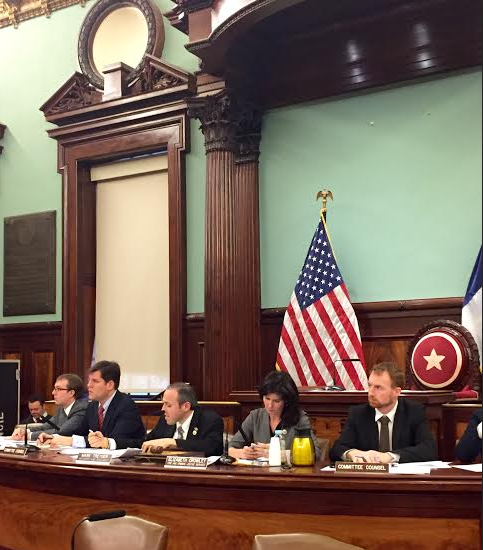Council seeks to improve communications system in disasters

The city’s emergency communication system will need vast improvements if residents are to stay safe when the next disaster hits, according to Councilmember Mark Treyger, who took part in a hearing focusing on proposed legislation aimed at fixing the problem.
Treyger (D-Coney Island-Gravesend-Bensonhurst) is chairman of the council’s Committee on Recovery and Resiliency. His committee recently held a joint hearing with the Committee on Fire and Criminal Justice, chaired by Councilmember Elizabeth Crowley (D-Glendale) to discuss two bills he proposed that he said would ensure that public communications systems are better equipped to handle future storms.
The Nov. 20 hearing also focused on problems with the city’s communications infrastructure in the aftermath of Superstorm Sandy; problems that included delays in reaching a 911 dispatcher in a timely manner. Treyger also said that cell phone landline phone service for thousands of New Yorkers was unworkable after the hurricane.

Coney Island
View MoreIn just a little over an hour, you can be transported from the glitz and glamor of Manhattan to the old-school amusement of Brooklyn's storied Coney Island. The destination offers thrills, sun, surf and a unique brand of entertainment that will feel worlds away from the rest of the City.